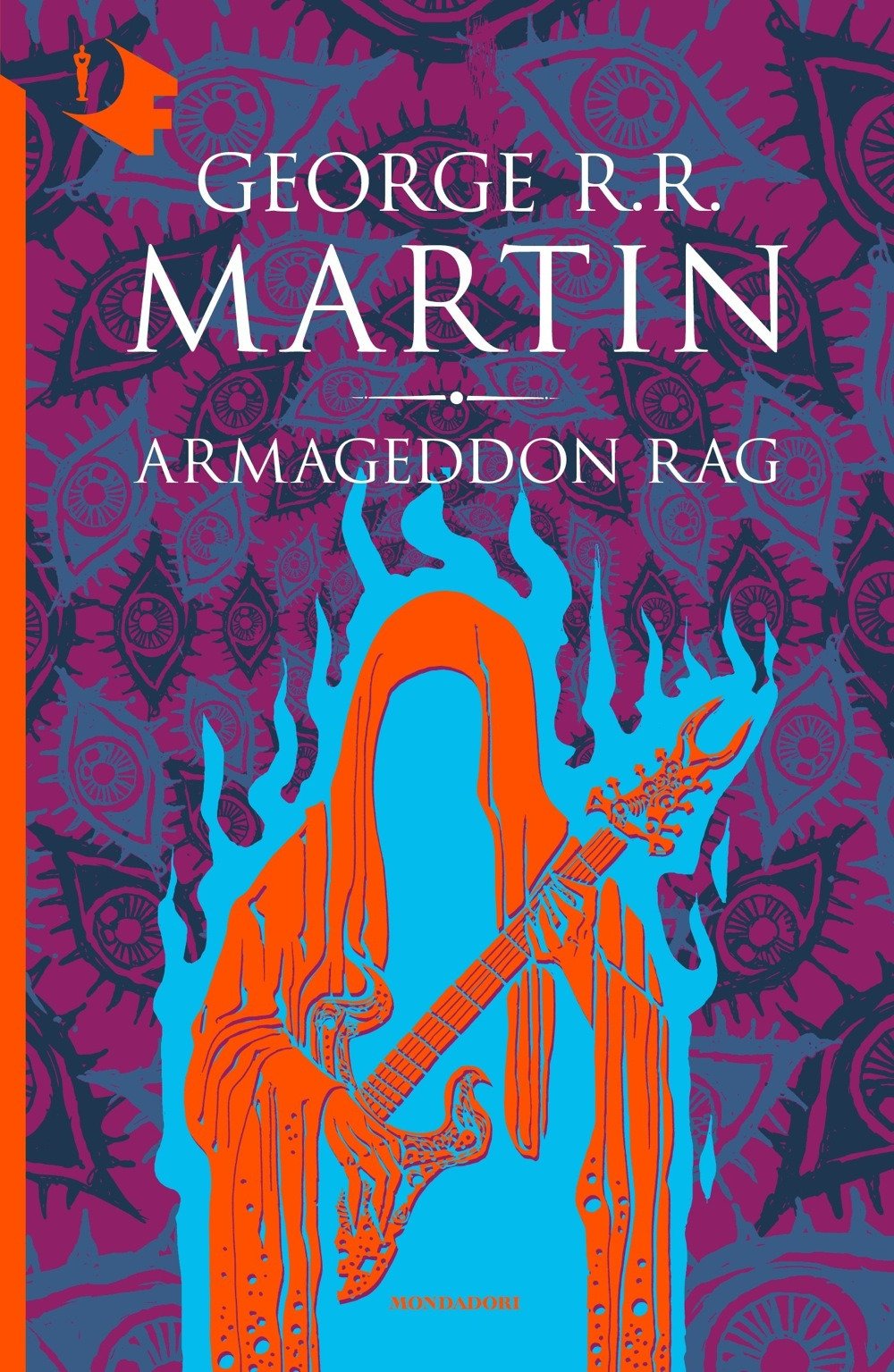
“He waved his arms wildly, in a great all-encompassing motion that took in the hopes and dreams and demonstrations, that took in the riots and assassinations and candlelight parades, that took in Bobby Kennedy and Donovan and Martin Luther King, that embraced Melanie and the Smothers Brothers and the hippies and the yippies and the Vietnam War, that swept across the memories of a turbulent decade and the destinies of a whole generation of American youth, and that nearly knocked his glass of Chianti off the arm of the sofa.”
When a former rock promoter is found murdered in his own home, his heart ripped from his chest (and removed from the crime scene), no one knows what to make of it. Who would ritualistically murder a washed-up recluse? Anxious to break through his writer’s block, reformed hippie and onetime underground journalist Sander Blair, Sandy for short, accepts an invitation from the outsider newspaper he had co-founded back in the day to do a retrospective on the old music boss. In short order, Sandy, who begins the novel disillusioned with life—failing to enjoy his open relationship, writing hack novels, and trying halfheartedly to play the part of a sociable adult—finds himself sucked back into the world of sex, drugs, and rock ‘n’ roll.
It turns out that the details of the murder have eerie significance. For instance, the music that was blasting through the promoter’s expensive system at the time of his murder was the last album by his biggest act, a rock band called the Nazgûl (some kind of Doors/Zeppelin/Sabbath/Blue Oyster mashup). Even more suspicious is that the murder occurred on the tenth anniversary of the Nazgûl’s last concert, an event that lives on in infamy because of the rogue bullet that ended the life of the band’s albino singer and rhythm guitarist, Patrick Henry Hobbins AKA Hobbit. Underneath the sacrificial cadaver was a promotional poster for the very same show. And so Sandy gets drawn into a gonzo odyssey, trekking across the country, interviewing the remaining members of the band, catching up with his old friends, letting his beard grow back in. Oh, and he stumbles upon an occult plot to usher in the apocalypse; a wild plan led by a sinister palm-slicing radical who plans to resurrect the slain singer and send the Nazgûl on a reunion tour which will somehow permit the fulfillment of all those revolutionary hedonistic ideas from the 1960s.
Suffused with nostalgia for the fallen heroes of the hippie era—Hendrix, Joplin, Morrison, et al.—and flowing with an anger that the opaque message of peace and free love had been abandoned when all the young radicals grew up and realized they couldn’t mooch off their parents forever, George R. R. Martin’s The Armageddon Rag is more of an homage than a concise story. It’s all over the place genre-wise, starting off as a murder mystery before dipping its toes into a reminiscence à la The Big Chill and rock journalism (but for a fake band, mind you, complete with tracklists and lyrics and concert setlists), then turning to straight up occult horror in its finale.
Martin’s writing is pedestrian but workable, the kind of prose that you’ll never remember but that adequately conveys the story. One problem is that the story is needlessly paunchy, probably a solid hundred pages longer than it should be. This is especially aggravating because, in addition to the repetitive descriptions of fictional songs, Martin’s choice of subject matter for his subplots is arbitrary at best, more or less just narrative justifications to tee up a few diatribes that the author wanted to get off his chest in regards to draft dodging, masculinity, capitalism, etc.
Another problem is that Sandy, a bland author surrogate, seems ill-suited to be the main character of the novel, seeing as he wasn’t especially radical back in the day and seems to have only a passing affinity for rock ‘n’ roll. Indeed, perhaps the biggest failure of The Armageddon Rag is that Sandy becomes entangled in this magical realist plot complete with ghosts and giant henchmen—which, after a long detour into navel-gazing, bubbles up out of nowhere and almost fulfills the promise of the initial chapters—but there’s never a satisfactory answer given for why he is important. Edan Morse, the mythical underground figure who orchestrates the whole comeback, seems dead set on including Sandy in his clan, but we never learn why, which seems like an oversight when the forlorn ex-hippie on a wild nostalgia trip decides that he might as well become a modern day Lee Harvey Oswald.
Marinated in Tolkien references and decorated with snippets of lyrics from rock ‘n’ roll classics, The Armageddon Rag is a middling effort that almost sunk its author’s career. To wit, it was more than a decade before George R. R. Martin wrote another full-length novel. That novel happens to be quite popular. It was called A Game of Thrones.